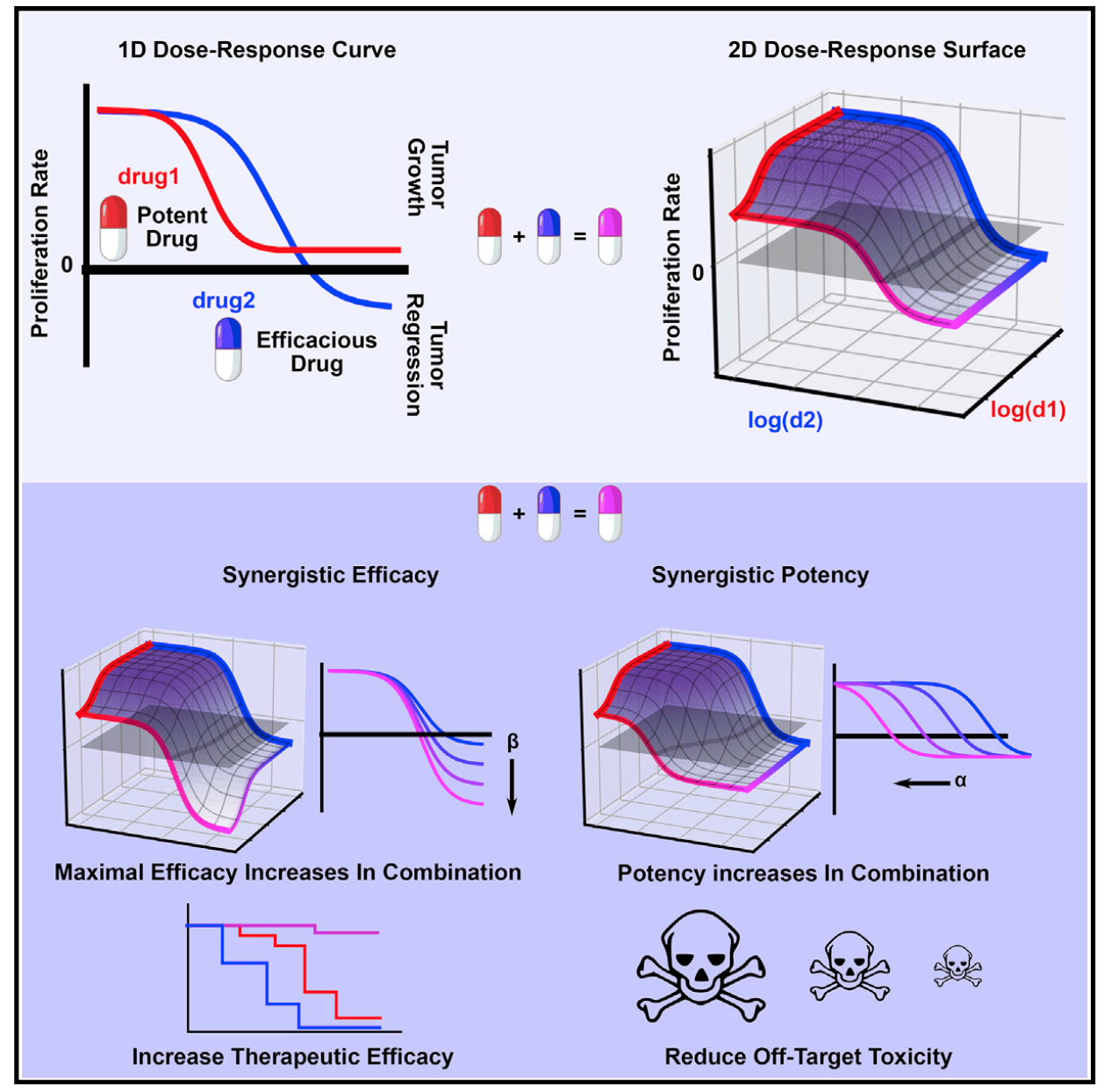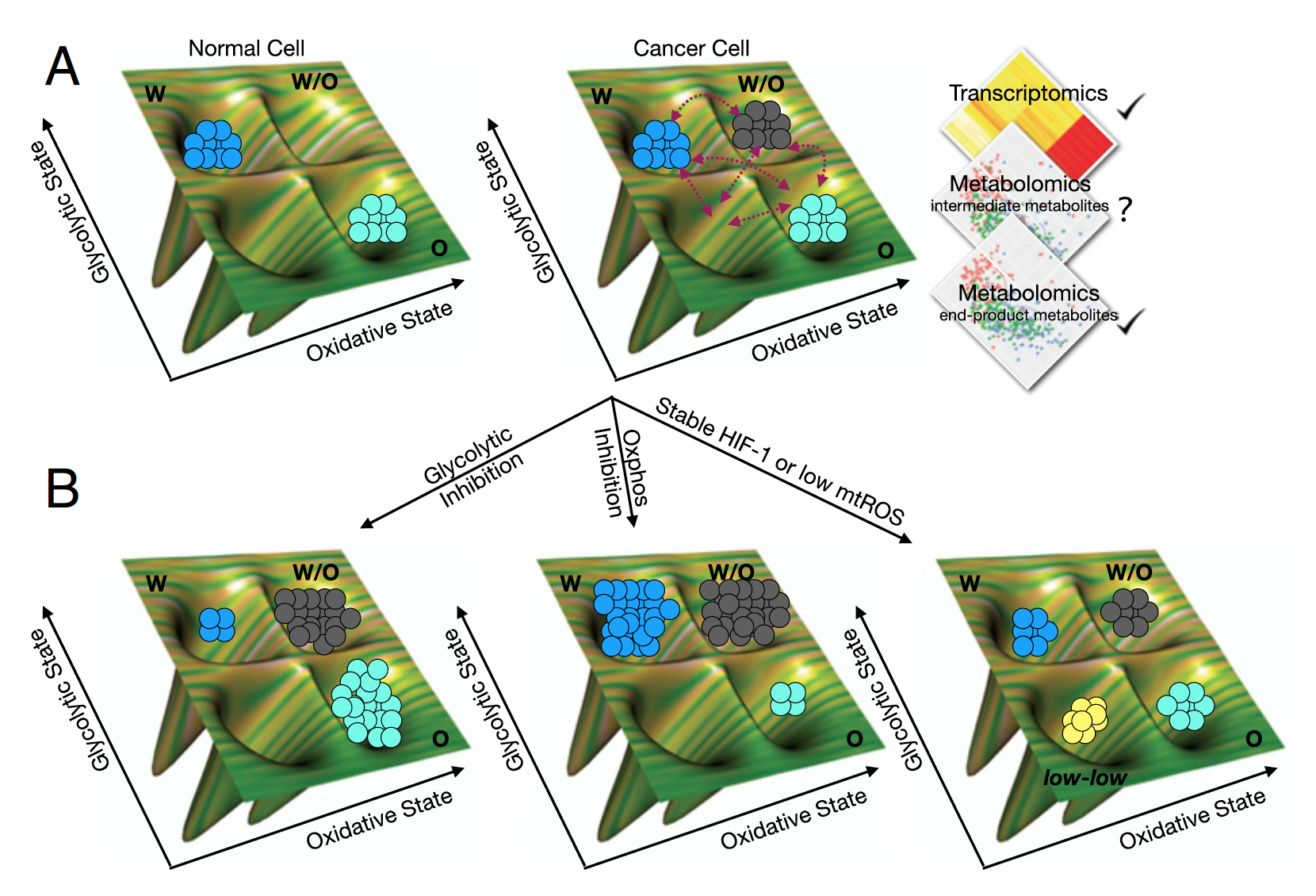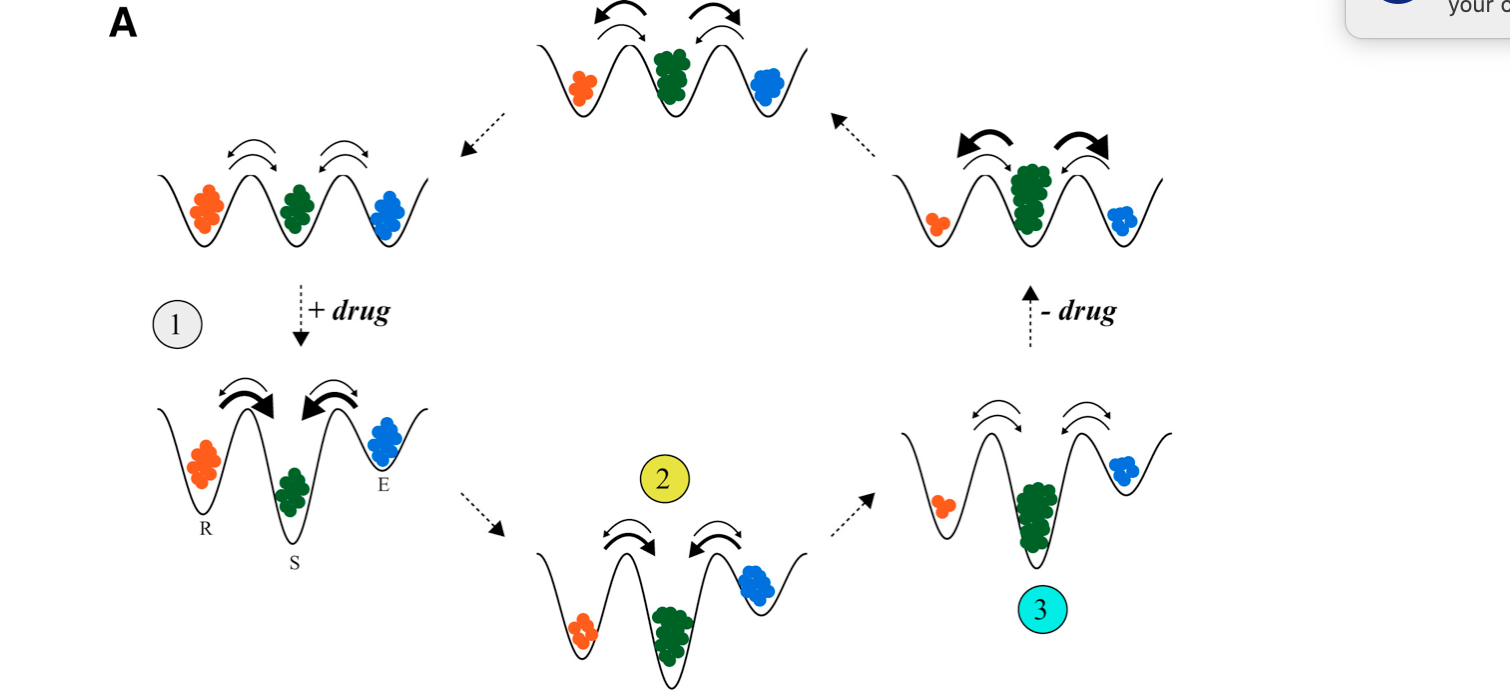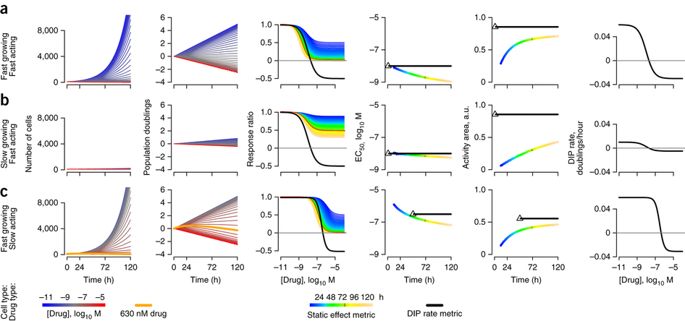Welcome to The Quaranta Lab website! The lab itself is located in Vanderbilt University’s Department of Biochemistry and is also a member of The Quantitative Systems Biology Center (QSBC) at the University.
We study melanoma, breast, and lung cancer with a special emphasis on quantifying cancer heterogeneity with respect to drug response and to differentiation states.
We have developed methods to measure clonal and cell-to-cell variability by high-throughput automated microscopy and image processing. We then derive cancer cell population behavior by integrating single-cell and clonal data.
The Quaranta laboratory combines theory and experimentation to understand cancer as a complex system, capable of evolving by a variety of genetic and non-genetic means in order to adapt to and evade treatment. Such systems-thinking approach is commonly referred to as Cancer Systems Biology, and requires a multidisciplinary team for its implementation. The laboratory is therefore comprised of a mix of experimentalists, engineers, statisticians, and mathematicians iteratively combining experimental and modeling tools towards a systems-level understanding of the basic principles governing cancer, with a specific focus on melanoma, lung and breast cancer. The Quaranta laboratory has made key contributions to developing single-cell methodologies that merge automated time-lapse microscopy with image analysis and computational modeling, in order to evaluate the dynamics of cancer cell response to targeted therapy. Another emphasis is on the dynamics of transcription factor networks that define and maintain cell identity, and ultimately contribute to the shapeshifting ability of cancer cells in response to treatment, within a phenotypic landscape and a tumor microenvironment. A recent achievement of the laboratory was the development of methods that extract drug-response dynamics of heterogeneous cancer cell populations from single-cell behavior. These methods enable measurements of the rates of proliferation and death of cancer cells in response to drugs, which can then be incorporated into predictive mathematical models of treatment outcomes. A further improvement is an expansion of these measurements to multiple drugs simultaneously, in order to rigorously quantify synergy of drug combinations along the two separate dimensions of potency and efficacy, the classic metrics of pharmacology.
Follow us on Twitter https://twitter.com/quarantalab.

















